Invasive aliens: Six of the most destructive plants and animals that have made Britain their home
Hundreds of species that we take for granted are actually non-native species. Dan Eatherley, author of Invasive Aliens: The Plants and Animals From Over There That, names some of his favourites.

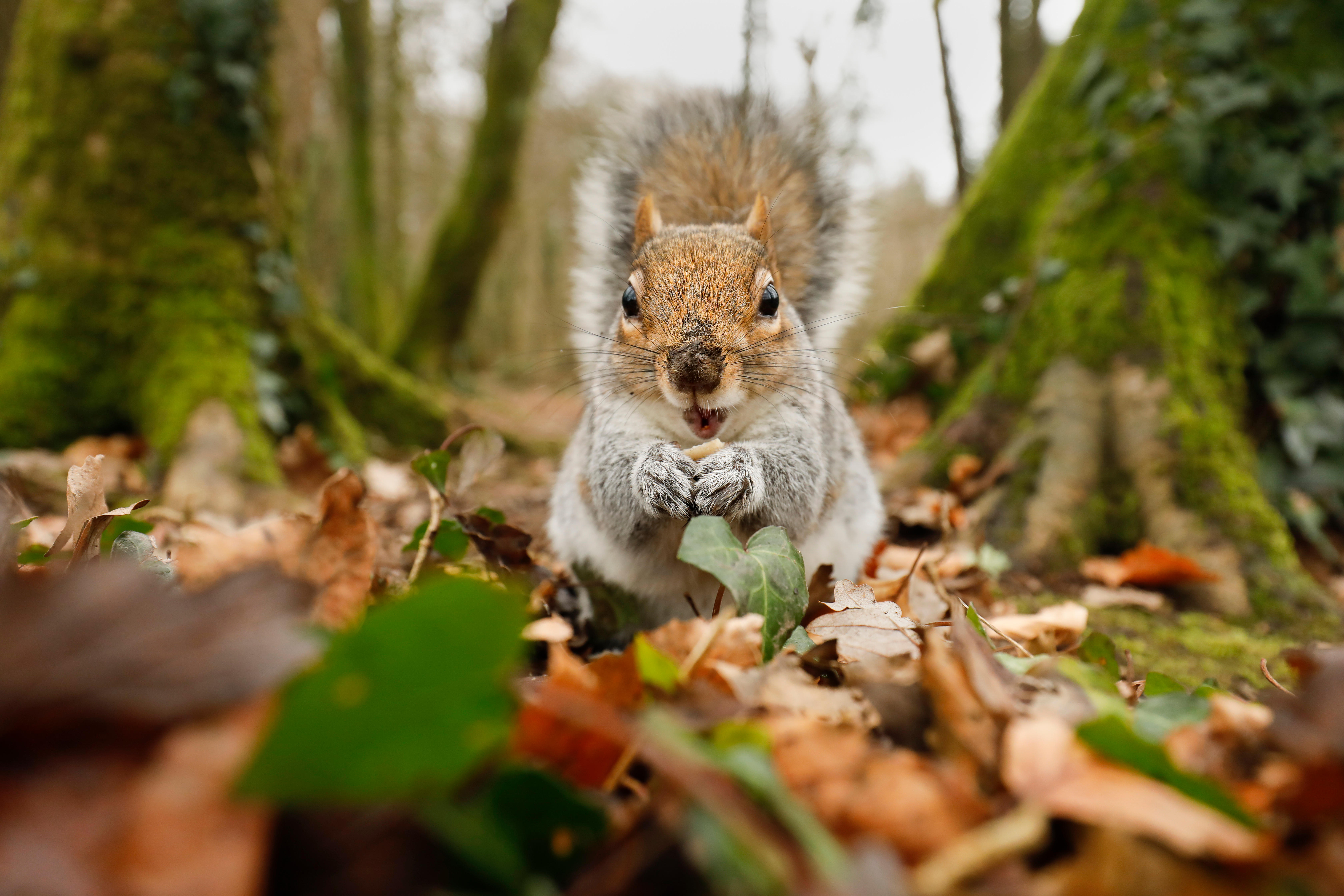
Throughout history Britain has been colonised by a succession of animals, plants, fungi and other organisms which apparently belong elsewhere. Many have been deliberately introduced for food, leisure or out of simple curiosity, others have arrived accidentally as stowaways.
Most species that arrive fail to establish, and of those that do succeed, only a fraction will ever earn the title ‘invasive species’ by spreading uncontrollably, and harming native wildlife and sometimes even us. Our gardens more than their fair share of invaders. Here’s a selection.
Japanese knotweed (Fallopia japonica)
During the 1840s, Philipp von Siebold, a Bavarian naturalist, collected knotweed from Japan’s volcanic slopes for his nursery in the Netherlands. Soon afterwards the plant’s fast-growing bamboo-like stems, heart-shaped leaves and spikes of creamy-white blossom were enrapturing gardeners on this side of the English Channel.
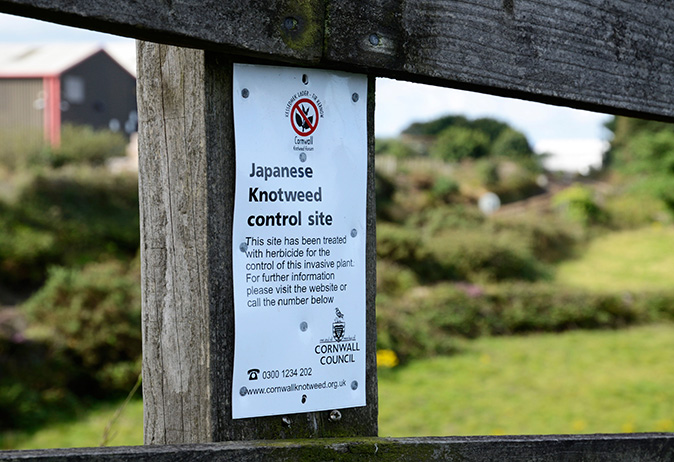
These days – much like dry rot, asbestos or plans for a new high-speed rail link – the discovery of a single knotweed plant on a property sends mortgage lenders running for the hills. The root systems, which reputedly grow several metres a month, are accused of undermining foundations, blocking drains and pushing through solid concrete.
Grey squirrel (Sciurus carolinensis)
These North American rodents have spent a century or more spreading inexorably north in a grey tide, bossing suburban bird-feeders from Brighton to Aberdeen. Along the way they’ve been accused of devastating forests and snuffing out the red squirrel, their gentler, cuter, home-grown counterpart (pictured below).
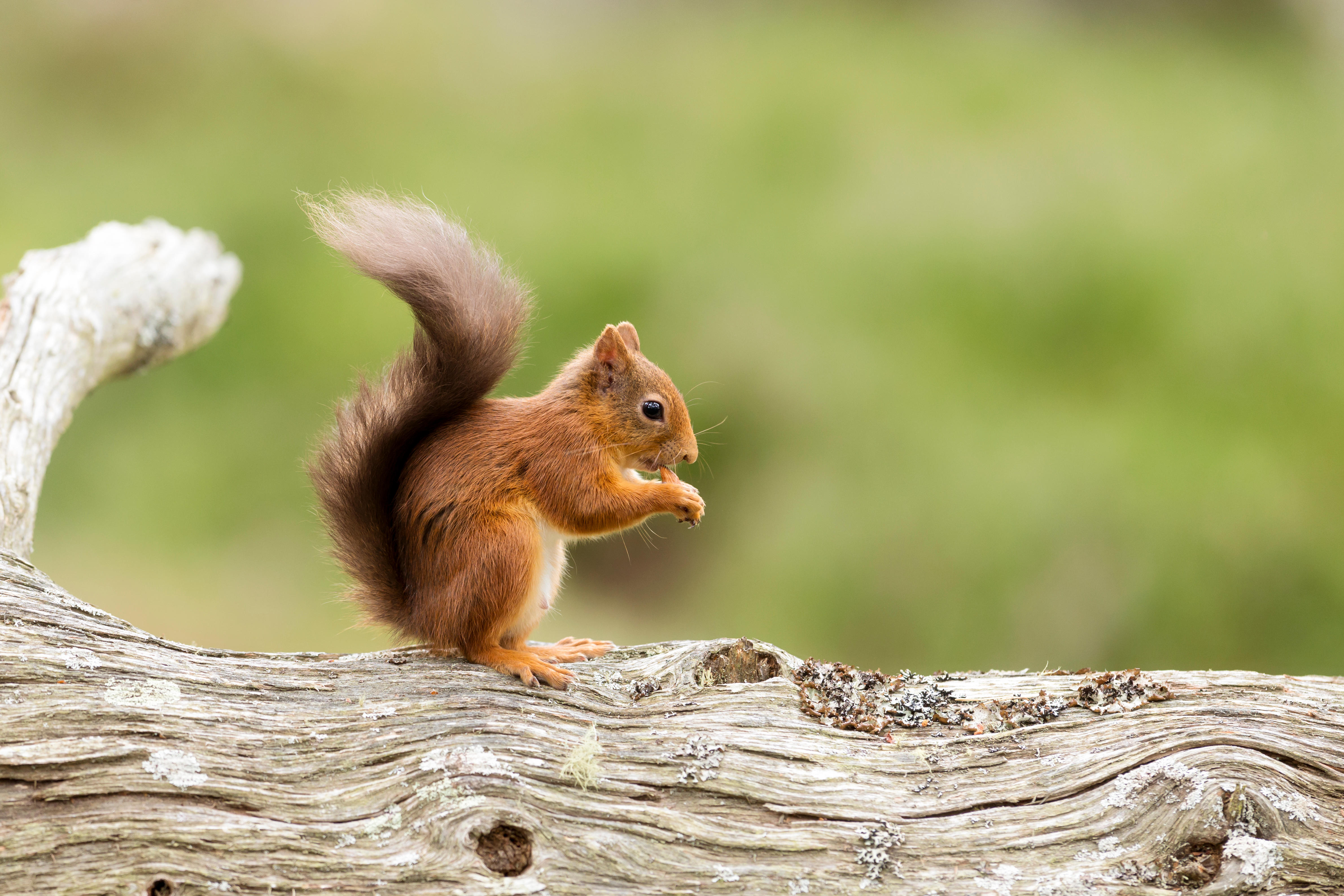
Back in the 1800s, grey squirrels were all the rage among the British upper class who deliberately released them on estates up and down the country. Liberated from natural predators, such as raccoons, skunks and large forest hawks, there would be no stopping the species whose British population now stands at 2.5 million. The grey squirrels don’t directly attack the reds, but multiply faster and carry the squirrelpox virus, which kills the native in droves.
Pontic rhododendron (Rhododendron ponticum)
A hybrid of American and Spanish rhododendron varieties, the Pontic rhododendron’s spectacular and profuse pink and purple flowers first captivated British gardeners in the late eighteenth century. By the 1890s the evergreen shrub was out of control, especially in southwest England, Wales and western Scotland, where it forms dense, 8m-high monocultures putting everything else in the shade.
Exquisite houses, the beauty of Nature, and how to get the most from your life, straight to your inbox.
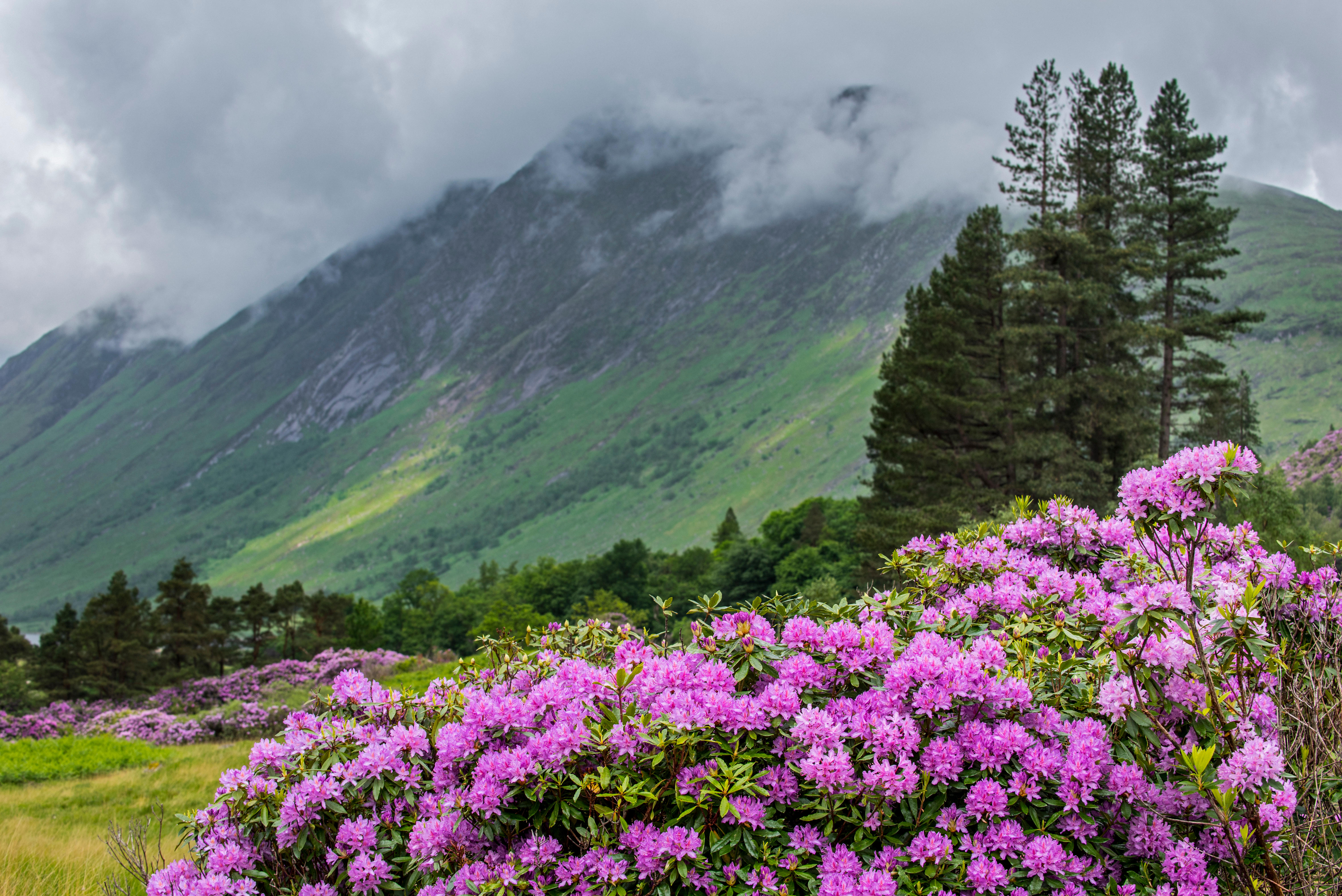
Pontic rhododendron is blamed for suppressing native ecosystems and its leaves poison livestock. Worst of all, the shrub harbours a fatal disease that infects larch, beech and other native trees.
New Zealand flatworm (Arthurdendyus triangulatus)
Hailing from New Zealand’s South Island, this slimy intruder was first recorded in Belfast in 1963, possibly arriving in a flower shipment and has spread via plant containers across northern Britain. The adults reach 20 centimetres in length and their method of reproduction is pure science fiction: every 10 days, the worm’s back rips open to release a shiny, currant-like egg capsule, containing six or seven young, and then immediately heals over again.
The flatworm eats earthworms, digesting them from the outside in with an enzyme and sucking up the goo. Without the aerating activities of the earthworms, soils become waterlogged and lose fertility, lowering crop yields. In Northern Ireland alone, annual damage wrought by the New Zealand flatworm was recently put at £34 million.
Harlequin ladybird (Harmonia axyridis)
Since the early 20th century, this multi-coloured predatory beetle, indigenous to eastern Asia, has been deliberately used by farmers around the world to control aphids and other pests. But in the 1980s a mutant strain emerged that went rogue, breeding out of control and forming vast swarms.
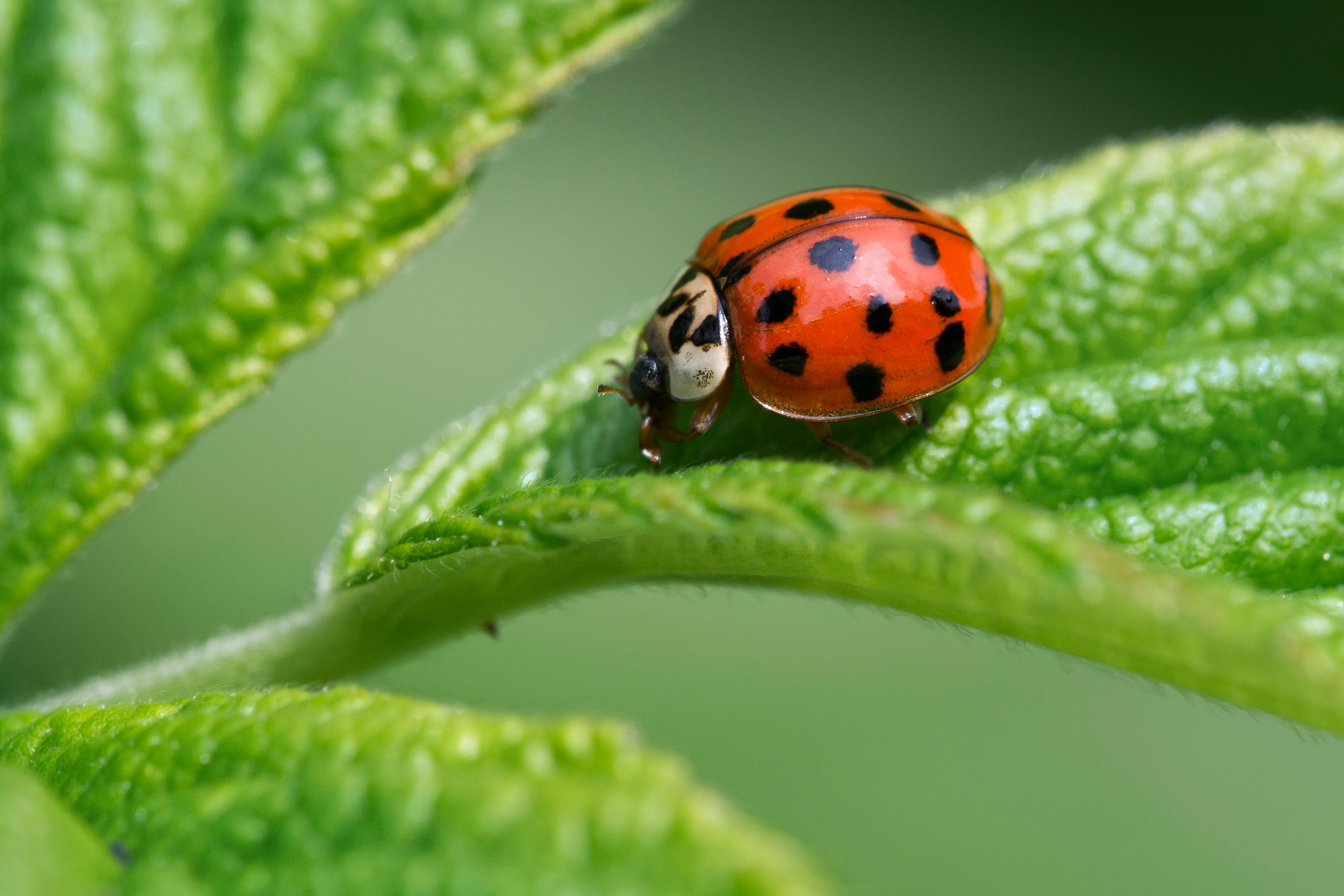
Since the 2003 arrival in Britain of the harlequin, the species has been blamed for declines in many native ladybirds, whose eggs and larvae the invader will gobble up. Recently declared the UK’s fastest-spreading invasive species, we often first notice harlequin ladybirds in the autumn as they congregate in sheltered locations, including garden sheds, forming aggregations many hundreds of insects strong.
Reeves’ muntjac (Muntiacus reevesi)
When full-grown, adults of this this primitive deer species barely reach 50 centimetres at the shoulder. Native to the wooded hills of southeast China, the muntjac was first collected during the early nineteenth century by John Reeves, a tea inspector with the British East India Company. The species was later introduced to many zoos and deer parks across this country.
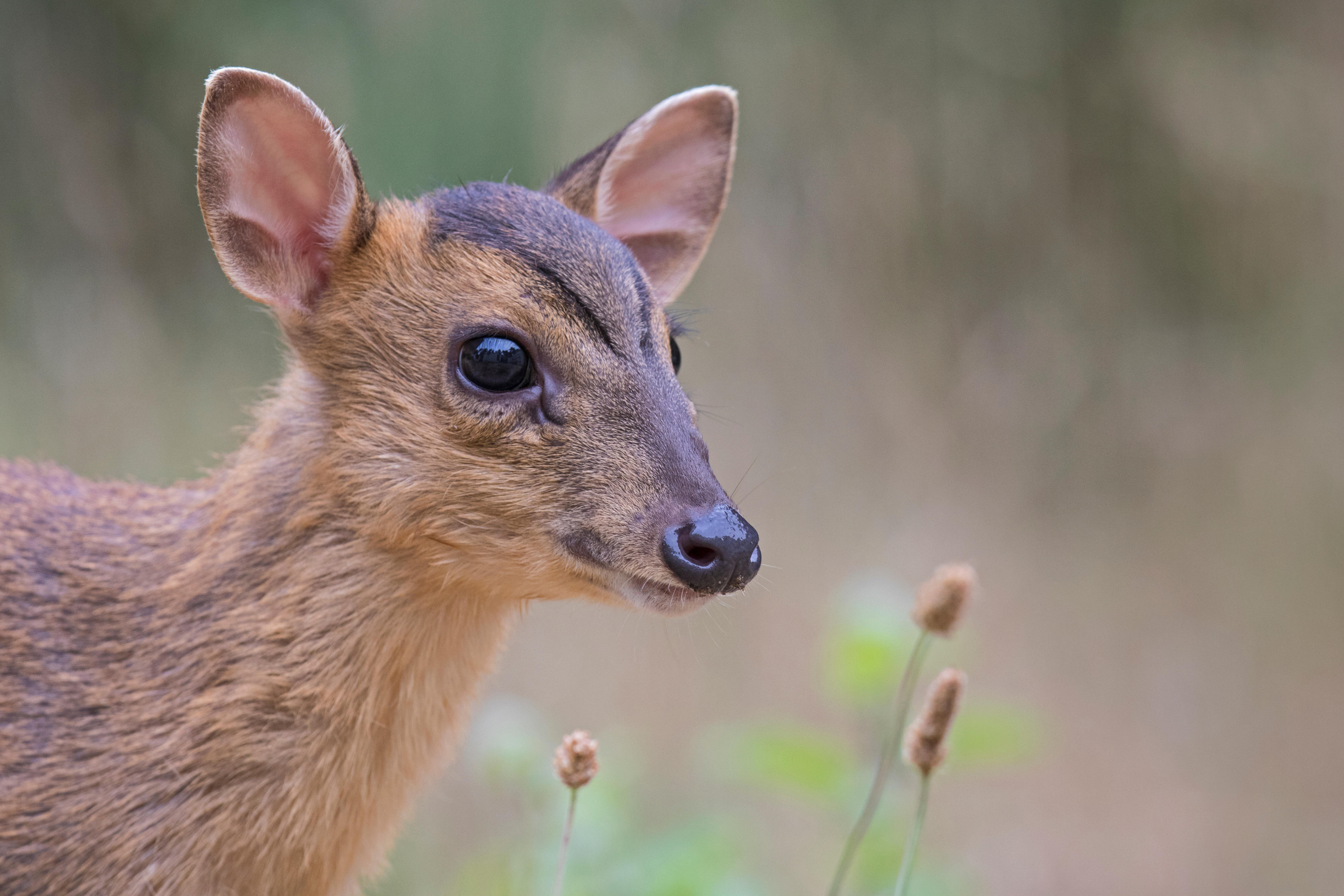
Hardy and fast-breeding, it didn’t take long for the diminutive deer to establish itself in the wild, and the population now numbers somewhere between 128,000 and two million. Muntjacs frequently appear in suburban gardens, cemeteries and allotments browsing on saplings and flowers.
Dan Eatherley is an Exeter-based naturalist, film-maker and environmental consultant. His new book, 'Invasive Aliens: The Plants and Animals From Over There That Are Over Here', is published by William Collins on June 27, priced at £16.99

